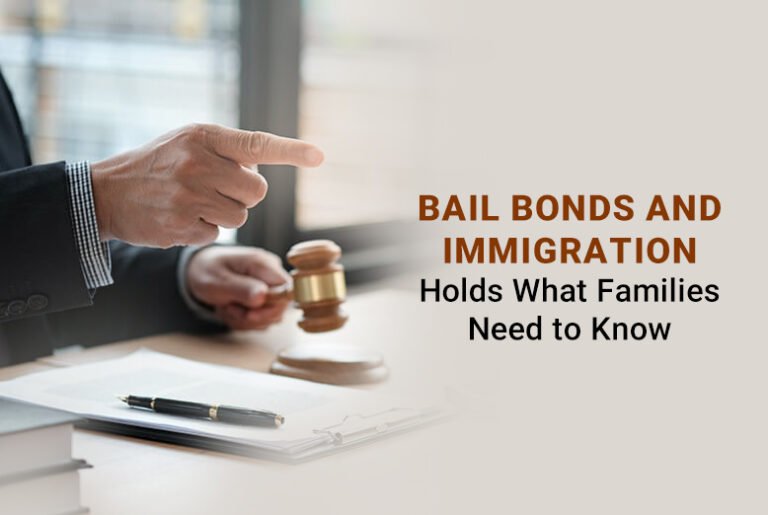When a loved one is arrested and also faces an immigration hold, the legal process becomes significantly more complex. Families often find themselves overwhelmed, unsure of how bail bonds and immigration enforcement interact. Understanding the connection between criminal charges, immigration holds, and the bail bond process can help you make informed decisions during a stressful time.
What Is an Immigration Hold?
An immigration hold, also known as an ICE (Immigration and Customs Enforcement) detainer, is a request by federal immigration authorities for local law enforcement to hold an individual in custody after their criminal case is resolved. This typically happens when a non-citizen, whether documented or undocumented, is arrested for a crime. Even if bail is posted or the criminal charges are dropped, the individual may still be detained by ICE.
Can You Still Post Bail?
In many cases, yes, but with limitations. A person with an immigration hold can still be granted bail by a judge in the criminal case. Families can use a bail bond company to post this bail just like they would in any other arrest. However, posting bail does not guarantee the person will be released from custody. Instead, once the local charges are addressed, they may be transferred to ICE custody for immigration proceedings.
It’s important to understand that bail paid in a criminal case will not apply to any potential bond required for immigration release. The family may end up having to post a second bond through an immigration court if ICE decides to detain the individual.
Immigration Bonds vs. Criminal Bonds
Criminal bail bonds are handled through the local or state court system, while immigration bonds are managed through federal immigration courts. If your loved one is transferred to ICE custody, you may need to request a separate bond hearing. If granted, the immigration bond can also be paid through a bail bond agent who is authorized to handle immigration cases, or directly through ICE using certified funds.
There are two main types of immigration bonds:
● Delivery Bond: Allows the person to be released while they await immigration court hearings.
● Voluntary Departure Bond: Allows them to leave the country voluntarily by a set date.
Key Considerations for Families
● Check Custody Status Frequently: A person may be released on bail, only to be taken into ICE custody immediately after.
● Choose a Bail Bondsman with Immigration Experience: Not all bail bond agents are familiar with immigration holds or authorized to handle immigration bonds.
● Hire Legal Help: Immigration law is complex. Having an immigration attorney can help protect your loved one’s rights and guide your family through the process.
Final Thoughts
When immigration holds and bail bonds intersect, the process can be confusing and emotionally taxing. Families must act quickly, stay informed, and work with professionals who understand both criminal and immigration systems. While posting bail may not always lead to immediate release, it is often the first step in navigating a longer journey through the legal and immigration process. Understanding your options now can make all the difference in protecting your loved one’s future.
Also Read: Innovative Health Insurance Solutions for Families with Special Needs



